Our friend Corky is a bird watcher, as is her sister, Storm. Storm lives in Texas and watches her bird feeder all winter long waiting for the Robins to return. When they do she calls Corky and gives her the news along with a report on the number of robins she's seen. Corky marks her calendar and waits. It's usually three weeks until the birds make it this far north. Sure enough, as soon as the robins get here so does a blast of severe weather. Folklore says that the robins will have snow on their tail three times before warm weather is here to stay. Here's where you can track the robins migration.
There seems to be so much more winter than we need this year. -Kathleen Norris
Yesterday was the first day in over a month with temperatures above freezing. It was the perfect day for a walk in the woods. The dogs enjoyed the sunshine, too. Especially Eva who's recovered from her accident last spring. I searched the timber for berries, fruit or any sign of first food for the robins. Some of the gooseberry bushes have a few shriveled fruit clinging to the branches, but for the most part the bluejays have picked the timber clean.

The cattle lined up in the sunshine, soaking the beams into their souls. Their contentment was as visible as the sun itself. The chickens ventured a little farther than the barn yard for the first time in weeks. They cackled and called out with joy. It's amazing how restorative a small temperature inclination, accompanied with bright sunshine, is. Everything seemed to sing yesterday.

On our walk back up the lane in an area where the snow was pushed back so the bare ground was exposed, a small patch of grass was greening in the afternoon sun. Only 28 days until spring.
Heaven is under our feet as well as over our heads. -Henry David Thoreau
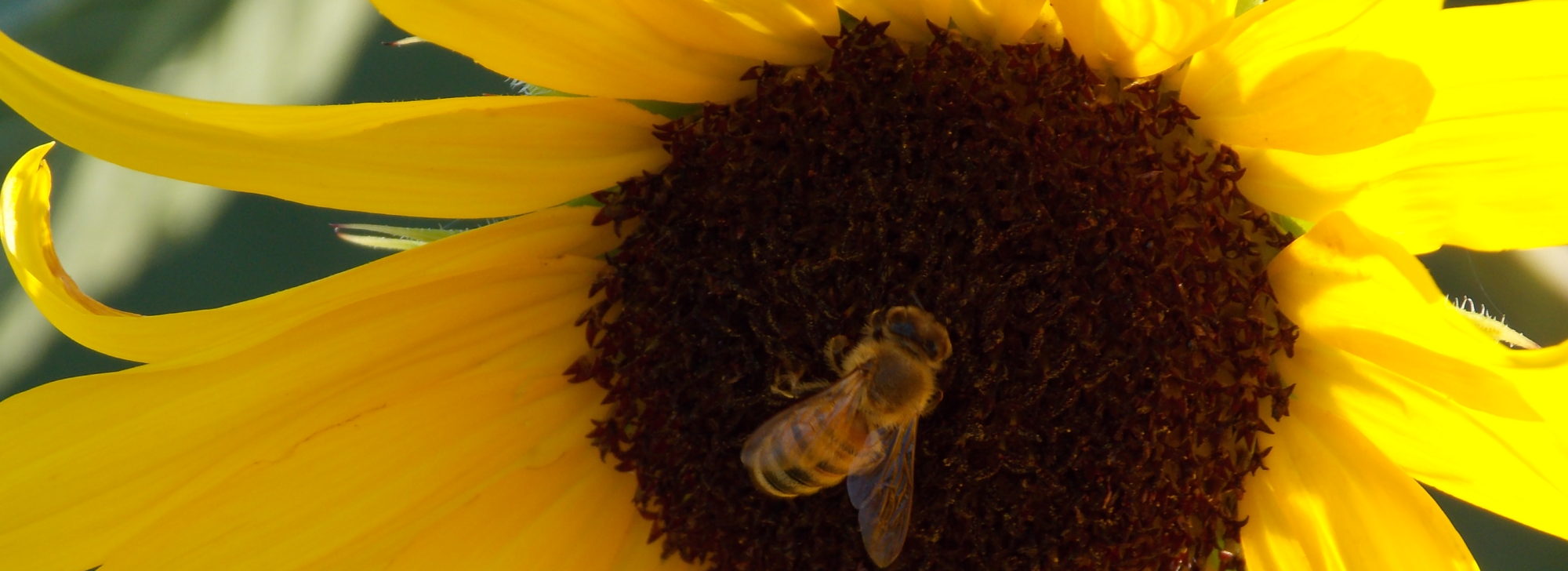
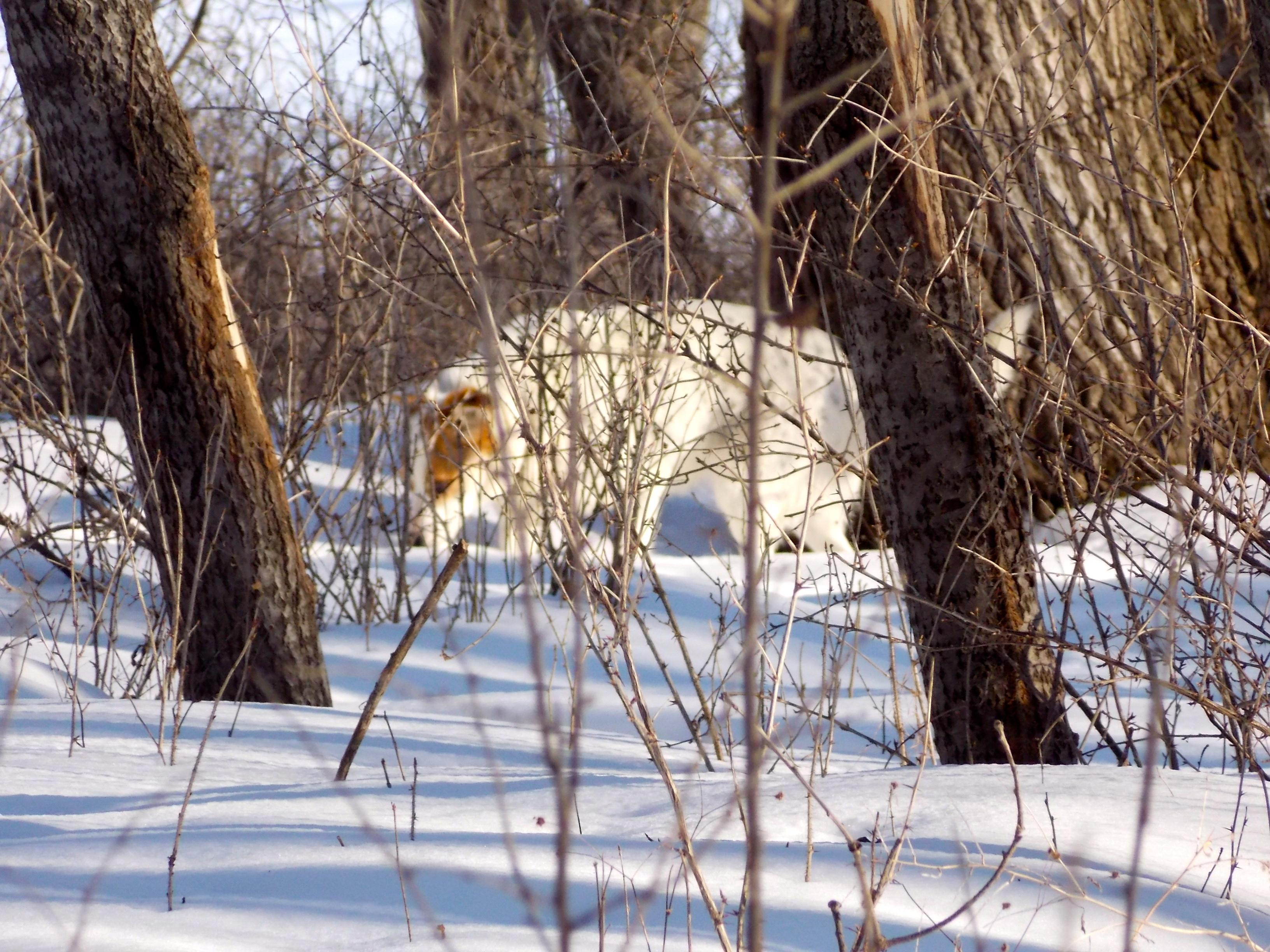

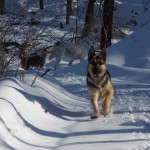
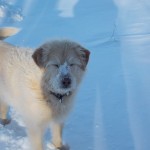
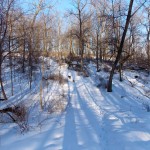
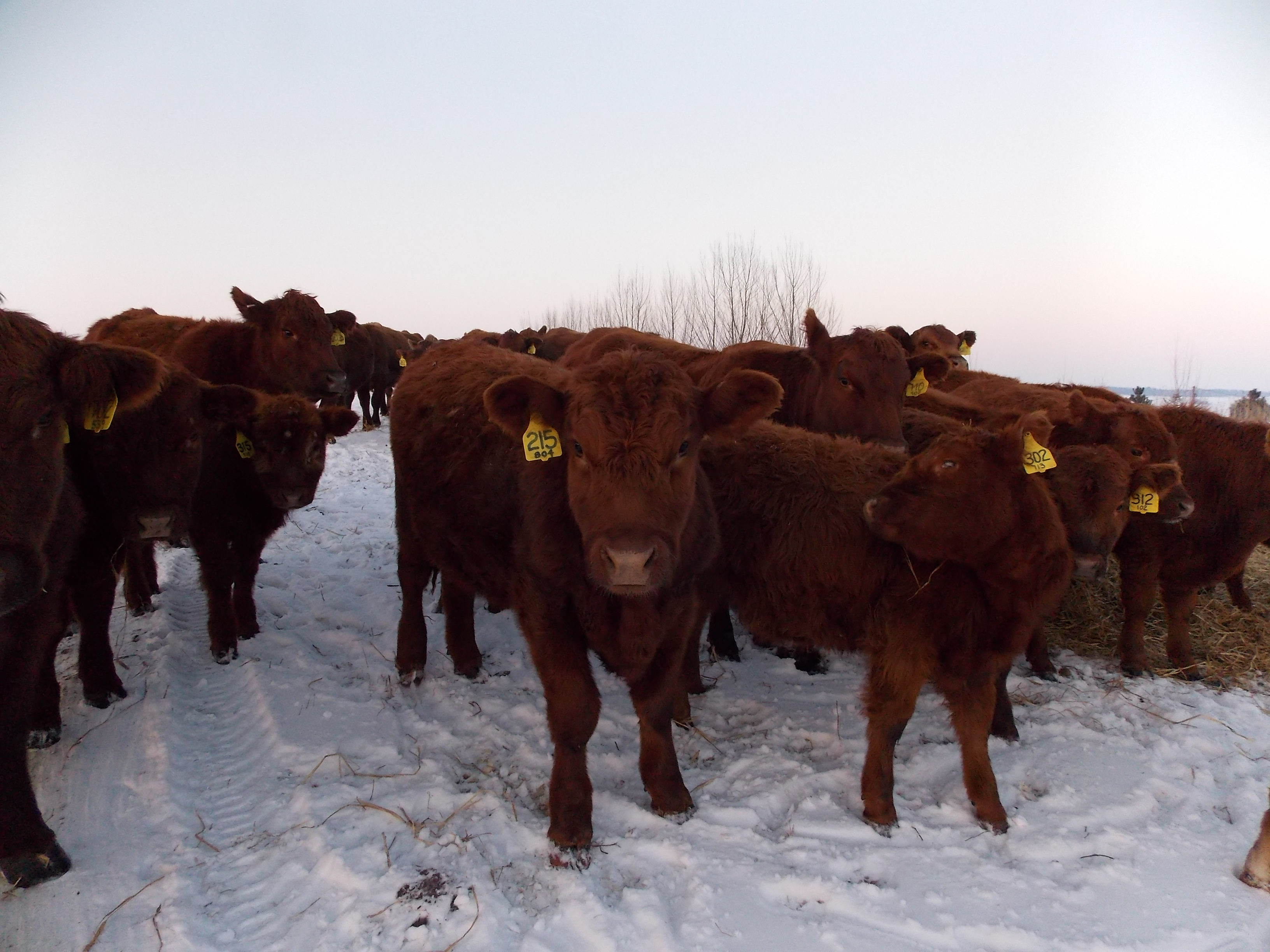
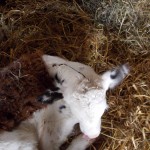
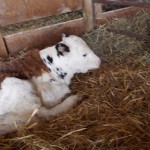
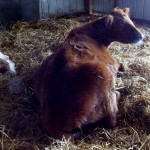
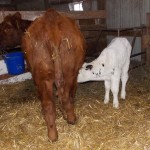

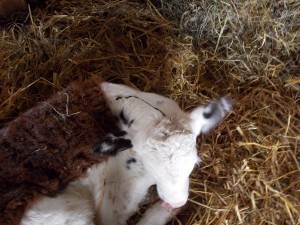
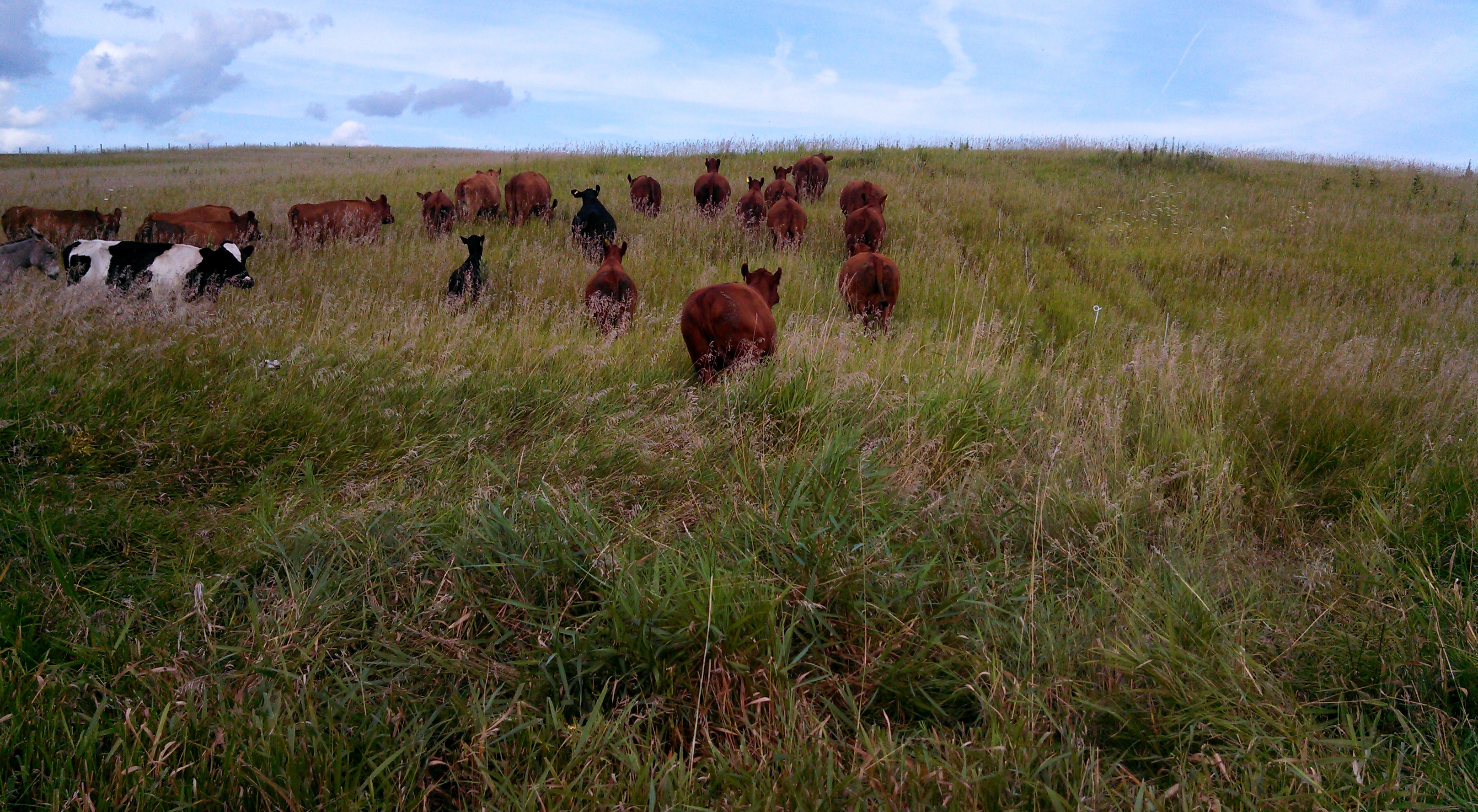
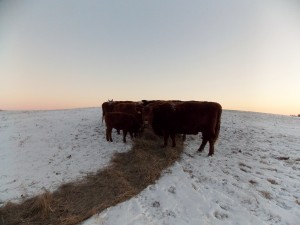
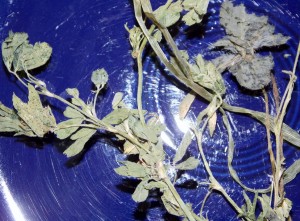 Keith brought a sprig of alfalfa into the kitchen. “The cows were pretty happy with their breakfast this morning.”
Keith brought a sprig of alfalfa into the kitchen. “The cows were pretty happy with their breakfast this morning.”

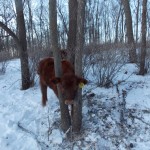
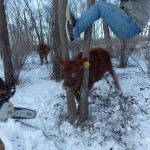
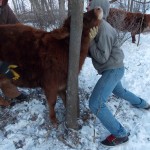
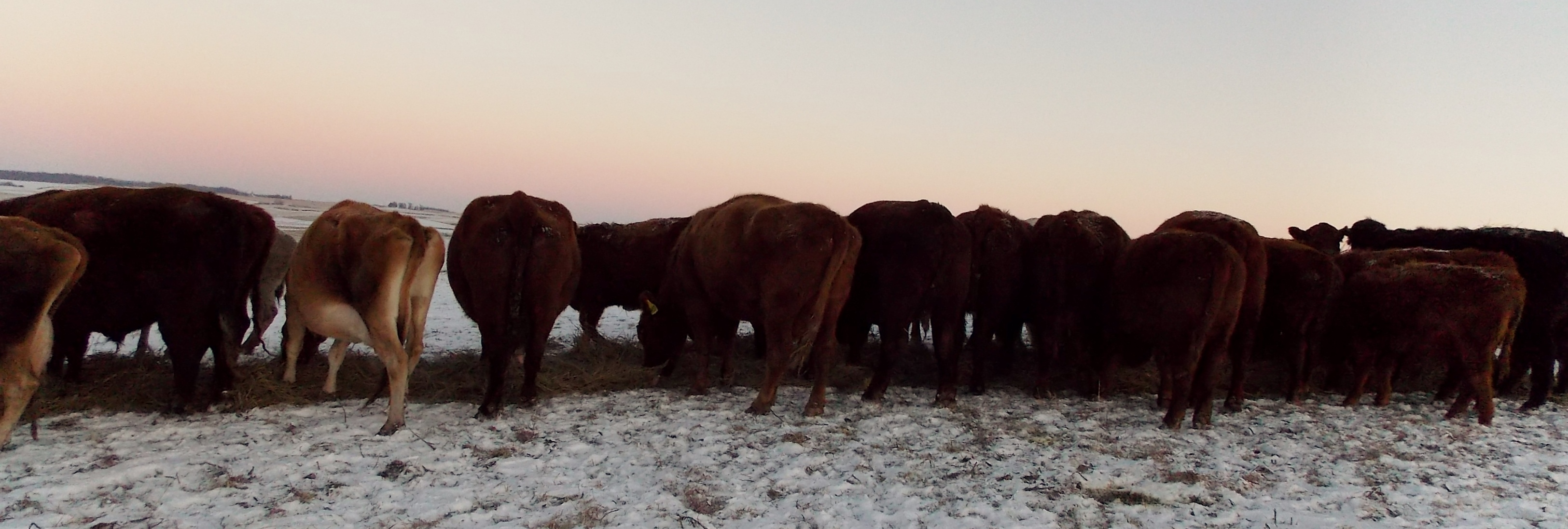
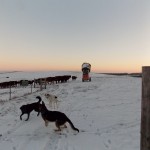
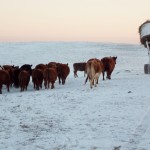
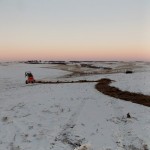
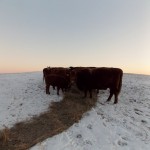
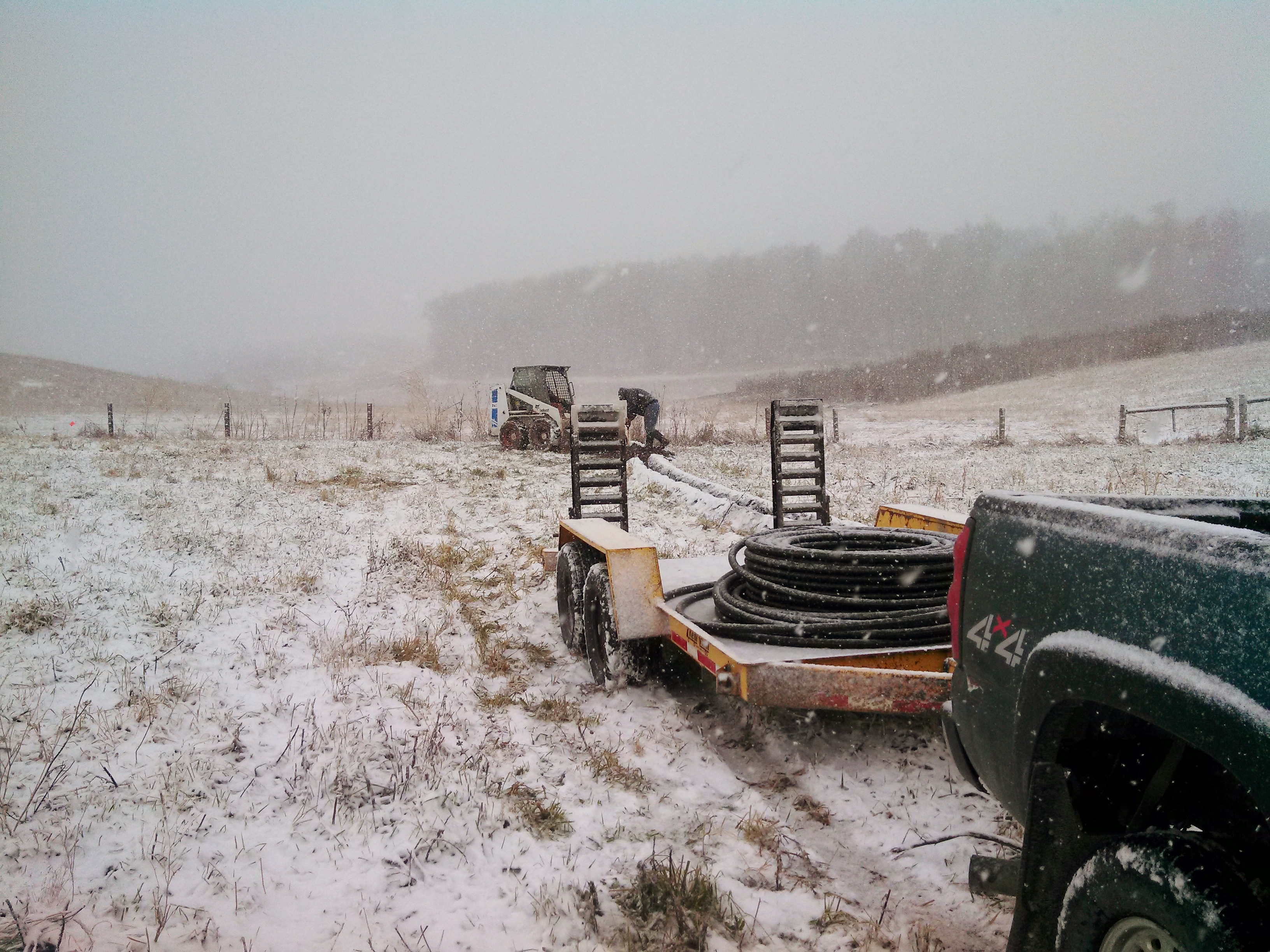
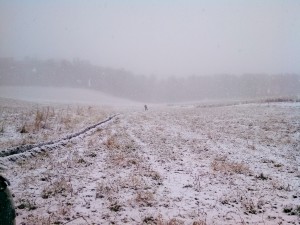
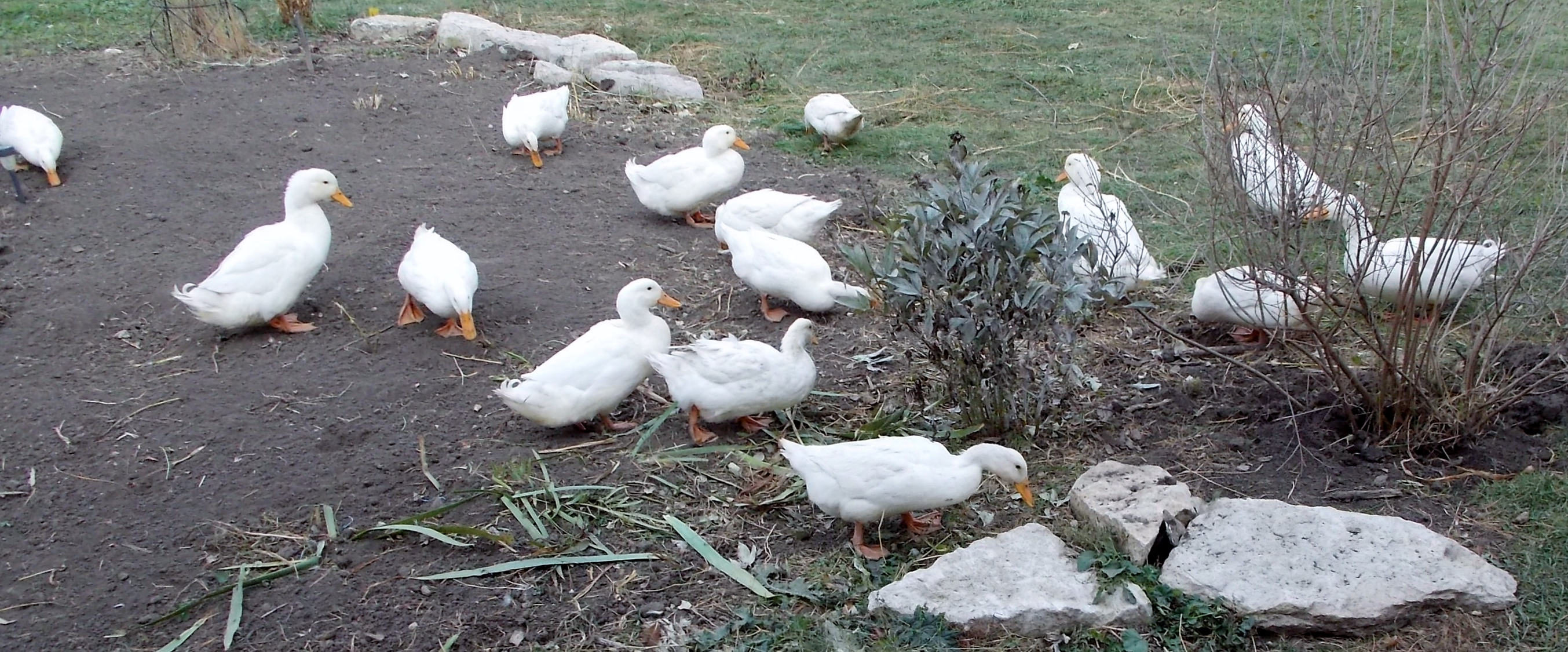
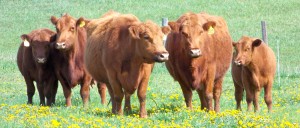 There are a couple of aging cows on the farm, numbers 049 and 005 are the oldest. Both are in excellent health, there's nothing to worry about, but I worry anyway. The issue is; Can they withstand a harsh winter?
There are a couple of aging cows on the farm, numbers 049 and 005 are the oldest. Both are in excellent health, there's nothing to worry about, but I worry anyway. The issue is; Can they withstand a harsh winter?
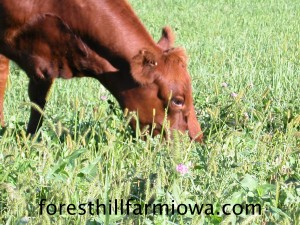 Just when you thought it couldn't get any worse...
Just when you thought it couldn't get any worse...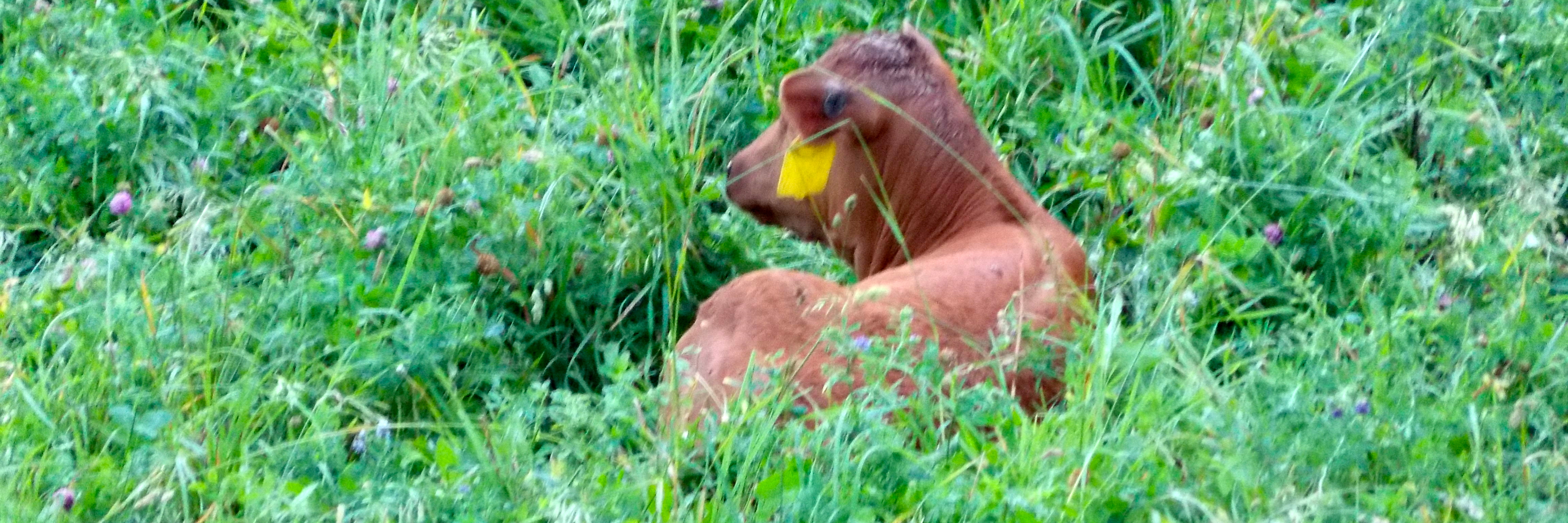
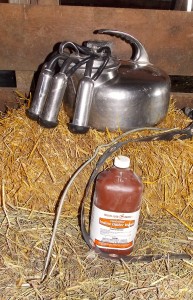 I'd like to start using a different milker with our dairy cows. Currently we're using a Surge bucket style milker. Clarisse has a very low udder so the bucket doesn't work well for her. With only four cows to milk, two at any given time, I've been researching claw style milkers. For every new thing I start there's a host of research involved. Reading manuals has become a hobby. Sometimes I think about taking shortcuts, just jumping in and getting started, but then I think of Mary.
I'd like to start using a different milker with our dairy cows. Currently we're using a Surge bucket style milker. Clarisse has a very low udder so the bucket doesn't work well for her. With only four cows to milk, two at any given time, I've been researching claw style milkers. For every new thing I start there's a host of research involved. Reading manuals has become a hobby. Sometimes I think about taking shortcuts, just jumping in and getting started, but then I think of Mary.